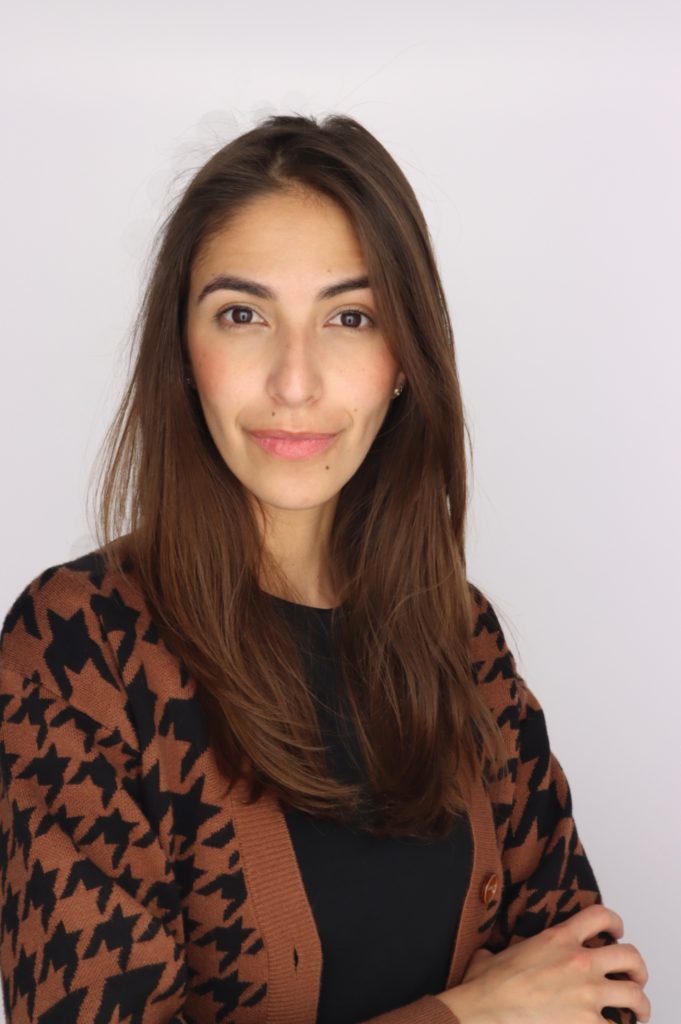By: Yasmine Zavahir, Vice President – Americas, System1 and Isabella Villalobos, Global Research Manager, Campaign Effectiveness, Indeed


You’ve likely heard the term “melting pot” to describe diversity in America. It’s one of the most popular metaphors because the country brings together people of different backgrounds, race, religions and cultures. However, critics argue this is too homogenous an explanation, as immigrants and their American-born children don’t simply abandon their unique identities or cultural heritage. Does it make sense for numerous ingredients (i.e. people) to assimilate into a singular dish (i.e. society) that won’t necessarily showcase every flavour individually?
For these reasons, we believe a quilt metaphor might be a better descriptor for how we view diversity, equity and inclusion (DE&I). This quilt is comprised of colorful , varied pieces that are stitched together to create an even more stunning whole that gives space and attention to each group that makes America beautiful.
If we extend this comparison to the advertising industry, what would this quilt look like?
Analyzing Diversity in Advertising
Advertising is all around us. Over time, these messages have an impact on our purchasing decisions as well as our identities and the views we have of other people. So, do ads that celebrate diversity connect better with a broad audience?
In looking more closely at nearly 60 U.S. ads that incorporate DE&I and audience feedback, the answer becomes clearer. When you ask people to note their emotional response to advertising, you can predict how commercially effective it is for brands. This is because the more people feel, the more they buy. Surveying more than 15,000 people about these ads reveals how the general population as well as people from various underrepresented groups feel about these DE&I stories.
The research found that ads offer greater long-term brand building potential when they are representative of the racial, ethnic and cultural diversity present in the United States. This is because when brands cast people from underrepresented groups and make authentic and engaging ads featuring these individuals, viewers tend to experience higher levels of happiness, and sometimes surprise. And these positive feelings tend to be more intensely felt, which helps to further build mental availability for brands.
High-quality diversity-themed advertising is good for business not only because it appeals to its target audiences, but because it also performs better among the general population compared to the average U.S. ad. Thus, it’s in brand’s best interest to invest in diverse, equitable and inclusive storytelling given its ability to drive market share growth.
Stitching the Missing Pieces Together
We know that DE&I advertising is good for business and also imperative for making people from underrepresented groups feel seen and heard, but are the visuals and messages that we see on a daily basis truly representative of the diversity of the United States?
Would the advertising industry’s quilt be large enough to cover the many identities we want to celebrate or would its scale feel too small? Does it disproportionately favor some groups over others? Should it be viewed as an ever-evolving quilt that will continually expand over time?
Delving into DE&I advertising is not about checking a box – it entails forging a genuine connection between a brand and the values, needs or belief systems that align with a given underrepresented group. There are many brands getting inclusive advertising right, like Apple, Indeed, Nike, Mastercard and Toyota, sometimes with the support of multicultural agencies that specialize in engaging with diverse consumers. These ads can serve as inspiration for other organizations that want to thoughtfully approach DE&I in their creative work.
However, it’s also important to point out the areas where the quilt is lacking color and texture, where it needs greater attention to detail and humanity to stitch the full picture together. For example, Asian American leads in advertising are few and far between. A recent study found that 62% of Asian Americans don’t feel represented in advertising, as they “rarely” or “never” see people who look like themselves in TV commercials or social media ads. Yet Pew Research Center finds that Asian Americans are the fastest-growing racial or ethnic group in the United States. Shouldn’t advertisers be reflecting the reality of our country’s diversity back to us?
Another underrepresented group in advertising is elderly Americans. While women are frequently portrayed in ads, elderly women are infrequently included. When they are, their inclusion is often central to the product being featured, such as anti-aging cosmetics or prescription drugs, and less about storytelling. Given that the Baby Boomer generation dominates consumer spending, it’s wise for brands to prioritize casting elderly people and focusing their storytelling on lived experiences, needs and aspirations.
While DE&I advertising has come a long way, it still has a long way to go. The quilt is not yet complete. It’s necessary to genuinely bring underrepresented voices to the forefront more frequently, and not just when an annual holiday is celebrated. This will help make the ever-evolving fabric of the United States feel seen. And with the right inspiration and insights at hand, brands can stitch together the missing pieces and create authentic and effective inclusive advertising that celebrates our diverse communities and supports long-term growth.
By: Yasmine Zavahir, Vice President – Americas, System1 and Isabella Villalobos, Global Research Manager, Campaign Effectiveness, Indeed

You must be logged in to post a comment Login